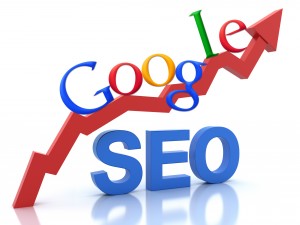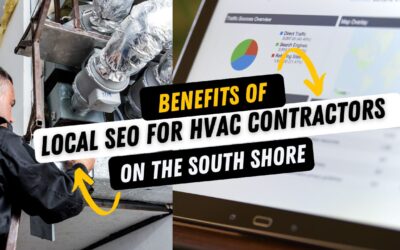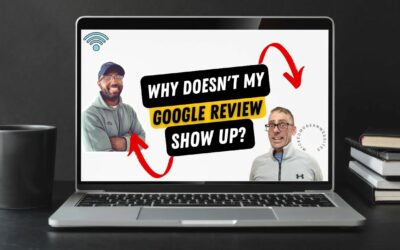On-Page SEO for Beginners – Building Authority Within Your Industry
Having an online presence is the first step to unlocking a world of potential customers, but getting website traffic isn’t easy.
On-page SEO (Search Engine Optimization) can be your best friend! When implemented correctly it helps search engines and users find content that’s useful for them quickly – which means more visitors and therefore new buyers finding out about you.
But what does this actually mean? Think about the questions someone might have before making a purchase – crafting articles tailored to those specific queries puts you at the forefront of their mind when they’re ready to hit ‘buy’. So, take advantage on page SEO techniques today; aiming for 10x growth starts with optimizing like nobody else has done so yet!
Unlock the secrets to success with your product!
Start by considering how you would approach buying something – what questions do you have? A simple google search can offer valuable insights into a prospective buyer’s needs. Knowing this, take time to craft answers that address their concerns and become an invaluable source of information for them. By delivering helpful, in-depth knowledge about your topic or product ,you set yourself up for longterm sales rewards.
By following these guidelines you can make sure that each page is presented the way Google’s robots want to read it. Think of it as speaking their language.
Identify your focus keyword. This is the keyword you want to appear under when folks search for your product. This is also the topic of your article. To be effective this focus keyword will appear repeatedly.
Step 2: Make sure your focus keyword appears in these most important places.
- In the Page title
- In the Page URL
- In the Content (at least a few times)
- In the Meta description
Use the Meta Description tag – by setting a description tag you can control what the search engines display after your page title and URL in the listing. If you do not they will chose the first sentence of your article. One well-written sentence here can be the difference between a reader choosing to click on your article or not
The keyword should appear at the beginning of the article text, ideally early in the first sentence so is easy for the search engine robots to find right away. The earlier the better but at a minimum, this keyword must appear in the first paragraph .
The keyword should appear in the article body multiple times. Search engines like to see that your keyword is repeated to make sure you are staying on topic.
The article should be longer than 1250 words. Any shorter and google will devalue your post for lacking enough useful information.
There should be at least 1 image contained within the body of your article. Images help convey the message of the article and make it appealing to the reader. If your article does not contain any <IMG> tags google will devalue it.
Images should have <alt> tags which contain your keyword.
There should be one or more outbound links in your article. An article which lacks outbound links may be seen as purely self-promotional and devalued on that basis. A quality article will lead the reader to want to find out more about the topic. Two strategies here are linking to another post that you have made or linking to a high-quality article or website by another author. Either way, you are adding value and you will be rewarded with search engine goodness.The article should be clearly worded and easy to understand.
The Page title should be more than 40 characters and less than 70 characters.
Your focus keyword should appear within the headings and subheadings of the article. These headings are defined by the H1 & H2 tag. When robots scan your page and determine it’s quality they do this in a quick and efficient manner, just like you would when you skim an article.





0 Comments